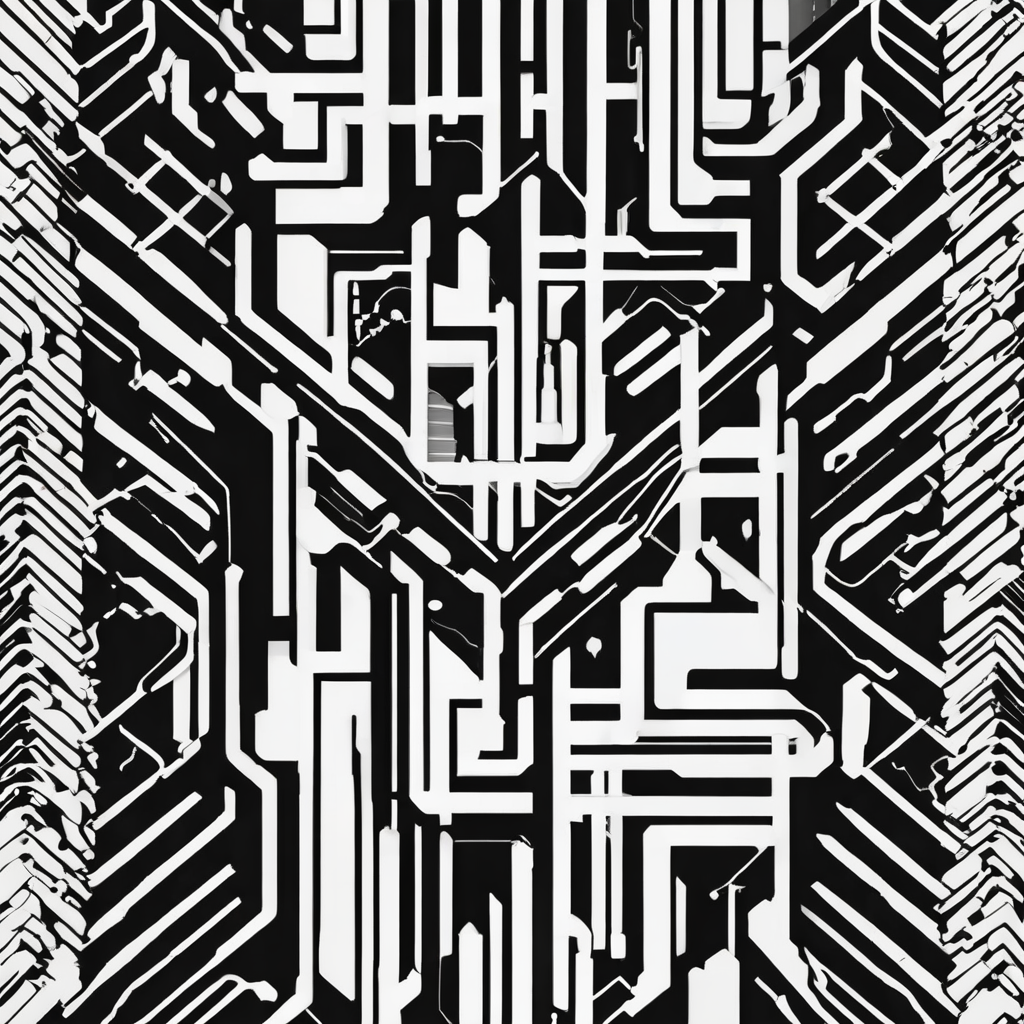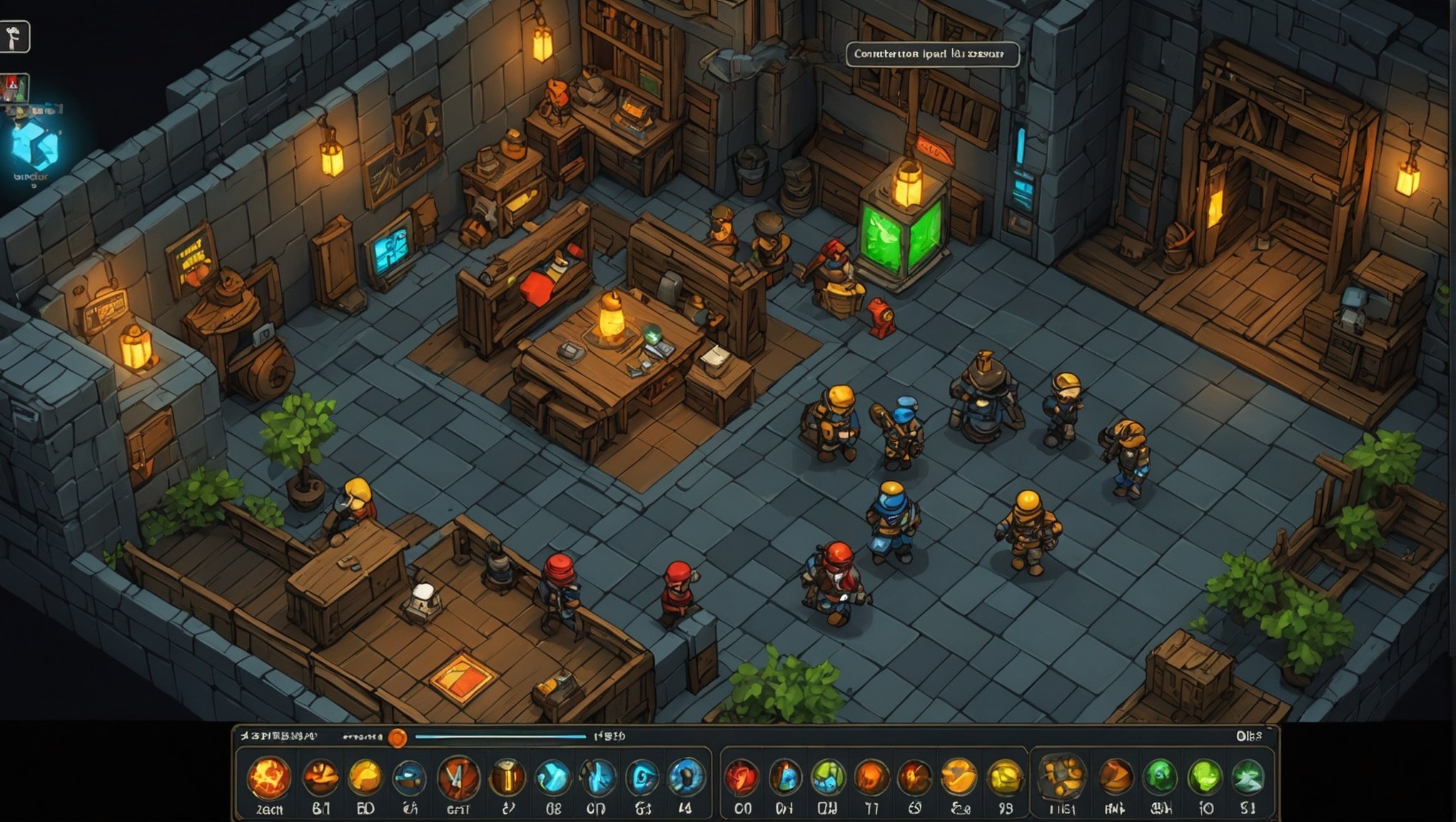The world of gaming has seen a significant shift in the last decade. The advent of machine learning and artificial intelligence technologies has revolutionized gaming from being a simple pastime to a complex interaction of data, algorithms, and player behavior. In particular, machine learning has made it possible to generate unique and exciting levels in roguelike games, also known as procedural content generation (PCG).
In this article, we explore how machine learning can be used in PCG to create more immersive and engaging roguelike games. We’ll delve into the processes involved, the benefits of this technology, the potential challenges, and the future prospects of machine learning in roguelike game design.
Have you seen this : How can AI-driven voice synthesis be used to create more diverse character voices in RPGs?
Understanding Procedural Content Generation
Before we discuss the role of machine learning in PCG, it’s crucial to comprehend what procedural content generation is. In the simplest terms, PCG is a method used in game design to create content algorithmically as the game progresses. This content can include levels, quests, characters, weapons, and more.
Traditionally, game designers manually created all the game’s content. This approach, although effective, was time-consuming and often resulted in repetitive content. PCG was built to address these issues, offering infinite possibilities in terms of the content that can be generated.
Also to discover : What are the best techniques for creating realistic foliage in forest exploration games?
PCG is not new to the gaming world. Classic games like Rogue and Elite pioneered this approach back in the 1980s. Modern favorites like Minecraft and No Man’s Sky have also based their entire game design around PCG, offering players a unique experience each time they play.
Machine Learning in Procedural Content Generation
As we delve into the role of machine learning in PCG, let’s first understand machine learning itself. Machine learning is a subset of artificial intelligence where a system learns from data and improves its performance without being explicitly programmed to do so.
In the context of PCG, machine learning can be used to generate levels that adapt to the player’s skill level and style. This kind of adaptive design keeps the game fresh and challenging, thereby enhancing the player experience.
Machine learning does this by analyzing and learning from player data. Every move a player makes, every decision they take, and every outcome they trigger is data that can be used to inform the game design. For example, if a player repeatedly fails at a certain level, the game could generate an easier version of that level. Conversely, if a player breezes through certain challenges, the game could generate more difficult ones.
One of the ways machine learning is implemented in PCG is through reinforcement learning. Games like Mario use this technique, where the level generation algorithm learns from the player’s interactions with the game and adapts the level accordingly.
Benefits and Challenges of Using Machine Learning in PCG
Using machine learning in PCG offers several benefits. It can help create more engaging and personalized experiences for players. It can also significantly reduce the time and resources required to create game content.
However, there are challenges to implementing this technology. Training machine learning models requires large amounts of data and computational power. There’s also the challenge of balance – if the game adapts too much to the player’s skill level, it could become too easy or too hard, thereby ruining the player experience.
Furthermore, machine learning models can sometimes be unpredictable. The generated content might not make sense or might not fit with the game’s overall design. Also, since machine learning is a relatively new field, there’s still much to learn and understand about how it can be effectively used in game design.
Future Prospects of Machine Learning in PCG
Despite the challenges, the future prospects of machine learning in PCG are promising. As technology advances, we can expect to see more sophisticated and nuanced uses of machine learning in game design.
One area that holds potential is the use of deep learning, a subfield of machine learning that uses neural networks with many layers. Deep learning models could generate more complex and realistic levels, characters, and narratives.
Another exciting prospect is the integration of machine learning with other emerging technologies. For example, combining machine learning with virtual reality could result in deeply immersive and personalized VR gaming experiences.
In conclusion, machine learning has the potential to revolutionize the way roguelike games are designed and played. While there are challenges to overcome, the benefits and future prospects make it a field worth exploring for game designers and players alike.
The Role of Machine Learning in Level Generation
Level generation is a pivotal part of procedural content generation. Traditionally, game developers manually design levels, which can be a lengthy process and may result in monotonous content. With machine learning, level generation becomes an automated process, producing unique, dynamic content every time a player starts a level.
Machine learning models such as search-based and grid-based procedural generation have been used in level generation. These models analyze player activity and learn from their progress in the game to generate content that is tailored to the individual’s skill level. This personalization keeps the game engaging and prevents it from becoming too easy or too hard.
In the realm of popular games like Super Mario Bros, machine learning has been employed to generate unique levels. The platform game uses a machine learning technique called reinforcement learning to generate new levels based on the player’s interactions with the game. This means that each playthrough can offer a distinct experience, keeping the game fresh and interesting for players.
However, machine learning isn’t without its challenges. It requires a significant amount of data and computational power to train these models. Additionally, ensuring the generated content is balanced and fits the game’s overall design can be difficult. Despite these hurdles, the potential for machine learning in level generation is vast and opens many doors for creating more immersive and engaging gaming experiences.
The advent of machine learning in procedural content generation has created a significant shift in game development. The ability to generate content that is tailored to individual players has improved the gaming experience, making it more immersive and personalized. Moreover, it has made game development more efficient, reducing the need for manual content creation.
However, despite its benefits, machine learning is not without its challenges. It requires substantial computational power and data to function efficiently. Additionally, balancing the difficulty of the generated content can be tricky, as making the game too easy or too hard can detract from the player experience.
Nevertheless, the potential of machine learning in game development is enormous. With advancements in technology, we can expect more sophisticated and nuanced uses of machine learning in game design. The integration of machine learning with other emerging technologies, like virtual reality, also holds promising prospects for the future of gaming.
In conclusion, machine learning is rapidly revolutionizing the world of roguelike games. Despite the challenges that need to be addressed, the benefits and promising future prospects make machine learning an exciting frontier in game development. Whether you’re a game designer, a developer, or simply a player, the age of procedurally generated content via machine learning is an exciting era to be a part of.






